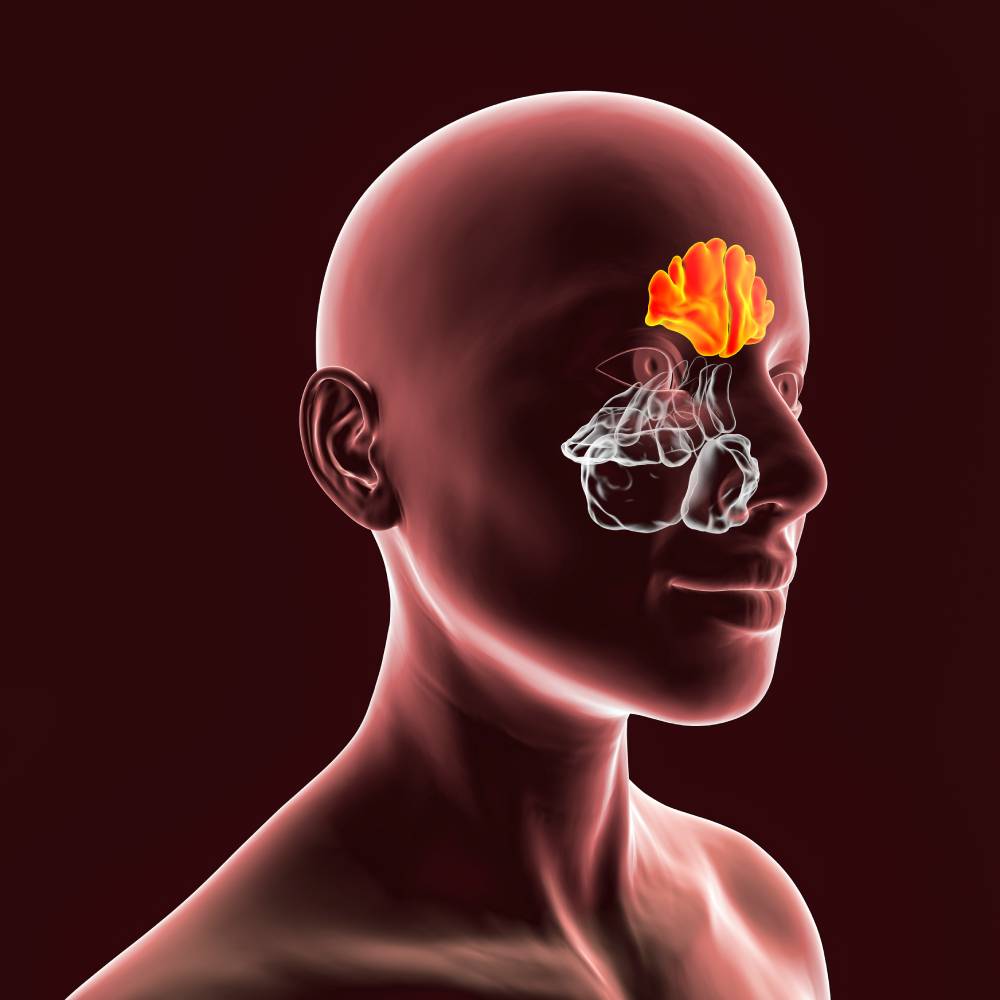Functional endoscopic surgery was first introduced as a medical procedure in the 1980s.1 German researchers Messerklinger and Stammberger began using the endoscope in sinus surgery with the goal of having a nearly bloodless, minimally invasive surgery that could be tailored to each individual’s anatomy. Since then, endoscopic surgery has become the standard for polypectomy, antrostomy and turbinoplasty, which are sinus procedures. Additionally, endoscopy can be used to repair small cerebrospinal leaks as well as some orbital decompression.
Ideally, an endoscopic sinus surgery would be bloodless but this idea is difficult to achieve because of the vascularity of inflamed sinuses, which can lead to increased bleeding, longer operative time, and complications.2 One potential method to decrease the potential for bleeding during surgery is with oral corticosteroids, which in theory, causes constriction of the sinus vessels and decreases inflammation. However, meta-analysis of studies involving corticosteroids are limited by inconsistencies with study designs and dosage schedules. Due to the metabolic, gastrointestinal, and possible psychiatric risks of corticosteroids, preoperative corticosteroids are not currently the standard of practice. Vasoconstrictors such as epinephrine are more typically used, with a debate between the efficacy between intranasal injection versus topical application. Intranasal injection aims to induce vasoconstriction of the sphenopalatine artery, which is highly dependent on the skill of the injector.3 Due to risks of potentially injecting other arteries and trauma to the nearby infraorbital and orbital nerves, topical application of vasoconstrictors is preferred. Vasoconstrictor options include cocaine, epinephrine, phenylephrine, and oxymetazoline. There have been some adverse outcomes with topical application of cocaine, and epinephrine lacks data for pediatric patients, so the preferred agent is oxymetazoline.3
Another factor that influences mucosal bleeding is mean arterial blood pressure (MABP) which is under the control of the anesthesiologist. Deliberately decreasing the MABP to 50-70 mmHg has been associated with better visibility of the sinonasal surgical field.5 Different methods can be used to decrease the MABP; the simplest one is to change the positioning of the patient to reverse Trendelenburg position. This position decreases venous return and subsequently cardiac output, which reduces arterial pressure.2 In a double-blind randomized controlled trial, researchers assigned 75 participants to either 5, 10, or 20 degree reverse Trendelenburg position groups and found that 20 degrees was preferred.4 The 20 degree position was associated with decreased total blood loss and endoscopic view. Any position over 30 degrees is possibly dangerous with risks of decreased cerebral perfusion.4
An exciting development in the field of endoscopic surgery is to use virtually modified intraoperative CT scans to improve surgical outcomes and reduce likelihood of surgical revision, which is applicable to sinus procedures as well as other types of endoscopic surgery. Endoscopes are limited to what can be seen through the camera versus other imaging which can demonstrate a larger field of the patient’s anatomy. In 8 cadaver cases performed by surgeons, preoperative CT scans were used to predict where the tips of surgical instruments would be on the patient’s anatomy.5 The ability to tailor the surgery to the patient’s actual anatomy and not an idealized anatomy will likely have positive long term impacts without exposing the patient to any increased intraoperative time or radiation.5 Imaging combined with machine learning algorithms may be the next step in improving endoscopic sinus surgery outcomes.
References
- Kane KJ. The early history and development of functional endoscopic sinus surgery. J Laryngol Otol. 2020 Jan;134(1):8-13. doi: 10.1017/S0022215119002457. Epub 2019 Dec 13. PMID: 31831081.
- Pant H. Hemostasis in Endoscopic Sinus Surgery. Otolaryngol Clin North Am. 2016 Jun;49(3):655-76. doi: 10.1016/j.otc.2016.03.011. PMID: 27267017.
- Alsaleh S, Manji J, Javer A. Optimization of the Surgical Field in Endoscopic Sinus Surgery: an Evidence-Based Approach. Curr Allergy Asthma Rep. 2019 Feb 2;19(1):8. doi: 10.1007/s11882-019-0847-5. PMID: 30712131.
- Gan EC, Habib AR, Rajwani A, Javer AR. Five-degree, 10-degree, and 20-degree reverse Trendelenburg position during functional endoscopic sinus surgery: a double-blind randomized controlled trial. Int Forum Allergy Rhinol. 2014 Jan;4(1):61-8. doi: 10.1002/alr.21249. Epub 2013 Nov 26. PMID: 24282136.
- Li Y, Konuthula N, Humphreys IM, Moe K, Hannaford B, Bly R. Real-time virtual intraoperative CT in endoscopic sinus surgery. Int J Comput Assist Radiol Surg. 2022 Feb;17(2):249-260. doi: 10.1007/s11548-021-02536-5. Epub 2021 Dec 9. PMID: 34888754.
